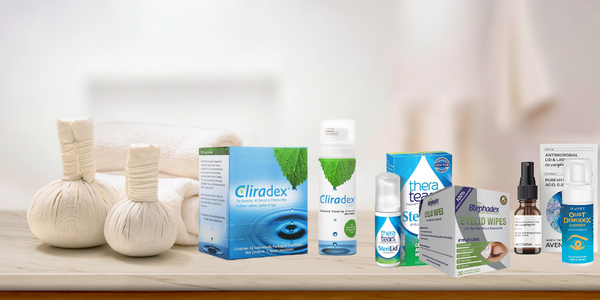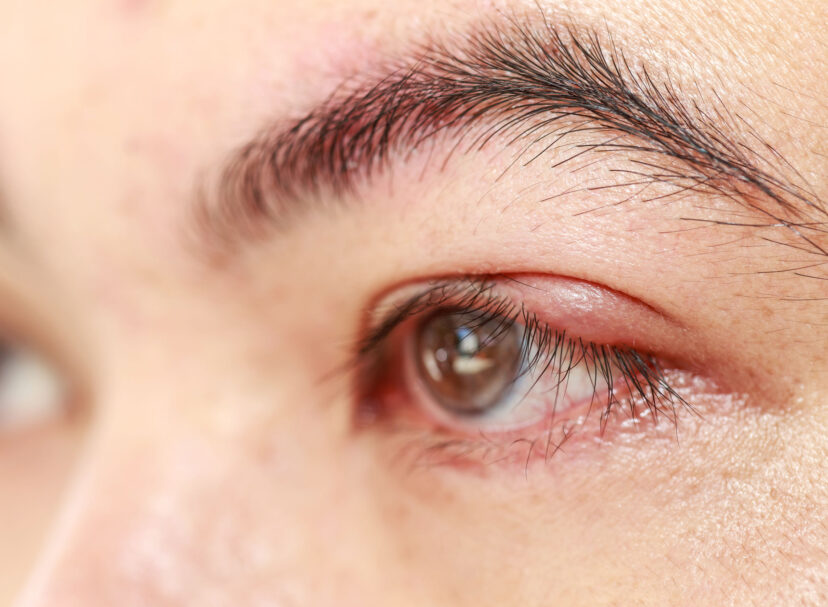You have seen the commercials for prescription drugs; usually there are several paragraphs of very fine print detailing the extensive list of side effects that may be experienced when using those drugs. Because of this, patients are starting a movement to take a more active role in their personal health care, and are searching for alternatives and natural remedies to traditional medications; ones that hopefully will not result in so many detrimental side effects.
The medical community is beginning to catch up to these ideas, and more research is being conducted into the use of natural products as a part of a holistic approach to addressing a variety of medical conditions.
What Is Tea Tree Oil Good For?
As part of a growing interest in natural, plant-based solutions, the usefulness of tea tree oil (also known as melaleuca alternifolia) in treating a wide range of microbial skin conditions has garnered a great amount of excitement in recent years. A wide range of creams, cleansers, wipes, and drops containing tea tree oil are now available for addressing eye problems ranging from mild irritation to more severe, chronic optical disorders such as meibomian gland dysfunction.
Essential oils distilled from the tea tree plant of Australia have shown benefits when used as topical solution. In particular, tea tree oil has been found to be an effective treatment for infestations of demodex mites, also known as “eyelash mites.” These mites are beginning to be more greatly appreciated for the wide range of optical conditions they may play a role in, including blepharitis (inflammation of the eyelids) and dry eye disease.
However, there can be side effects with many commercially formulated tea tree essential oil-based products.
The first problem is that many tea tree oil products are mixed with other oils (i.e., coconut oil) that reduce their effectiveness on affected areas.
The second issue is that many products contain levels of tea tree oil that can cause eye irritation or an allergic reaction (skin inflammation). Patients suffering from these additional irritations on top of their other ocular problems likely will not continue to use such a product long enough to completely eliminate the mite infestation that is contributing to their problem. This is due to the life cycle of demodex mites; mites lay their eggs deep within eyelash follicles and oil glands in the skin, where they are unharmed by topical products.
To effectively get rid of a mite infestation, treatment has to continue long enough that all the eggs hatch into adults and leave their burrows to get killed by the chemicals. This can take as long up to a month or more.
4-Terpineol – The Most Important Compound in Tea Tree Oil
Scientists studying the health benefits of tea tree oil found the compound 4-terpineol to be the main component giving tea tree oil its mite-killing properties. 4-terpineol comprises around 30-48% of the organic material in tea tree oil.1
This compound, also known as terpinen-4-ol, is a type of terpene alcohol, a class of organic molecule that is used by plants to ward off parasites and other creatures that might eat them.
Since certain compounds in tea tree oil can be too harsh to use around your eyes for the amount of time required to treat a mite infestation, when Bio-Tissue developed their Cliradex foaming cleanser and towelettes they left these irritating compounds out, and used only the most important component in tea tree oil – the 4-terpineol.
This makes it possible for Cliradex to be safely used as a part of a long-term daily ocular hygiene routine.
Again, this allows you to effectively clear sources of eye discomfort and inflammation, and eliminate tricky infestations of demodex mites. There is no reason to continue experiencing ocular discomfort; give Cliradex a try today.
References:
- Tighe S, Gao YY, Tseng SC. Terpinen-4-ol is the Most Active Ingredient of Tea Tree Oil to Kill Demodex Mites. Translational vision science & technology. 2013;2(7):2.
- Cheng AM, Sheha H, Tseng SC. Recent advances on ocular Demodex infestation. Current opinion in ophthalmology. 2015;26(4):295-300.





